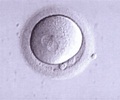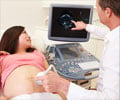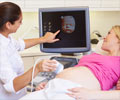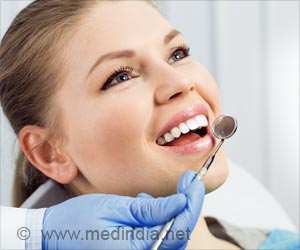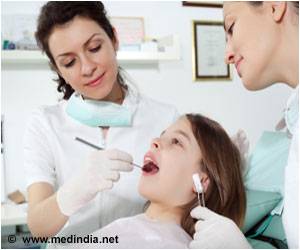Scientists have developed an ultrasound technology that helps in teeth reformation.
Scientists at the University of Alberta have developed an ultrasound technology that helps in teeth reformation. It was the first of its kind in dealing with the regrowth of human dental tissue.
People who suffer from dental root resorption caused by mechanical, chemical or hormonal means could be treated successfully with the new low-intensity pulsed ultrasound (LIPUS) technology – say researchers.Using low-intensity pulsed ultrasound (LIPUS), Dr. Tarak El-Bialy from the Faculty of Medicine and Dentistry and Dr. Jie Chen and Dr. Ying Tsui from the Faculty of Engineering have created a miniaturized system-on-a-chip that offers a non-invasive and novel way to stimulate jaw growth and dental tissue healing.
‘It's very exciting because we have shown the results and actually have something you can touch and feel that will impact the health of people in Canada and throughout the world,’ said Chen, who works out of the Department of Electrical and Computer Engineering and the National Institute for Nanotechnology.
The wireless design of the ultrasound transducer means the miniscule device will be able to fit comfortably inside a patient's mouth while packed in biocompatible materials. The unit will be easily mounted on an orthodontic or ‘braces’ bracket or even a plastic removable crown. The team also designed an energy sensor that will ensure the LIPUS power is reaching the target area of the teeth roots within the bone. TEC Edmonton, the U of A's exclusive tech transfer service provider, filed the first patent recently in the U.S. Currently, the research team is finishing the system-on-a-chip and hopes to complete the miniaturized device by next year.
‘If the root is broken, it can now be fixed,’ said El-Bialy. ‘And because we can regrow the teeth root, a patient could have his own tooth rather than foreign objects in his mouth.’
The device is aimed at those experiencing dental root resorption, a common effect of mechanical or chemical injury to dental tissue caused by diseases and endocrine disturbances. Mechanical injury from wearing orthodontic braces causes progressive root resorption, limiting the duration that braces can be worn. This new device will work to counteract the destructive resorptive process while allowing for the continued wearing of corrective braces. With approximately five million people in North America presently wearing orthodontic braces, the market size for the device would be 1.4 million users.
Advertisement
Dr. El-Bialy first discovered new dental tissue was being formed after using ultrasound on rabbits. In one study, published in the American Journal of Orthodontics and Dentofacial Orthopedics, El Bialy used ultrasound on one rabbit incisor and left the other incisor alone. After seeing the surprising positive results, he moved onto humans and found similar results. He has also shown that LIPUS can improve jaw growth in cases with hemifacial microsomia, a congenital syndrome where one side of the child's jaw or face is underdeveloped compared to the other, normal, side. These patients usually undergo many surgeries to improve their facial appearance. This work on human patients was presented at the World Federation of Orthodontics in Paris, September 2005.
The researchers are currently working on turning their prototype into a market-ready model and expect the device to be ready for the public within next two years.
Source: Eurekalert


